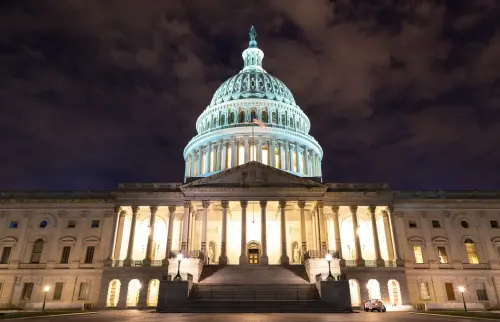Editor’s Note: Coming out of the Great Recession, slow economic recovery has U.S. communities seeking strategies that will grow jobs in the short term and improve standards of living over the long term. This paper examines how geographic regions can invest in the human capital and economic advancement of immigrants who are already living in their jurisdictions, to help boost short- and long-term U.S. economic growth, and highlights programs and partnerships that work to unlock and build skills of immigrants. See also the release event, Building and Unlocking Immigrant Skills.
The approaches to investing in the human capital of immigrants discussed in this paper share the characteristic that they are intentionally aimed at the resident immigrant workforce. They fall into two broad groupings, with some overlap in objectives. The first set of programs is exclusively geared toward high-skilled immigrant professionals who were trained abroad and who face a number of formal and cultural obstacles to getting jobs commensurate with their skills. The second set of programs target middle-skilled immigrants—but also reach native workers—who are in a good position to advance into better jobs after appropriate training.
If strategies to unlock or build skills of immigrants are explicit goals, how can localities achieve them? Following is an examination of approaches for regions and individual jurisdictions. It highlights programs and partnerships that work to unlock skills of immigrants with foreign credentials and to build skills of immigrants who could advance in the market with targeted programs. Investing in immigrants already here—this is not a suggestion to bring additional immigrants into the United States—can help local businesses and economies, as well as immigrants, their families, and the communities in which they live.
The Brookings Institution is committed to quality, independence, and impact.
We are supported by a diverse array of funders. In line with our values and policies, each Brookings publication represents the sole views of its author(s).



